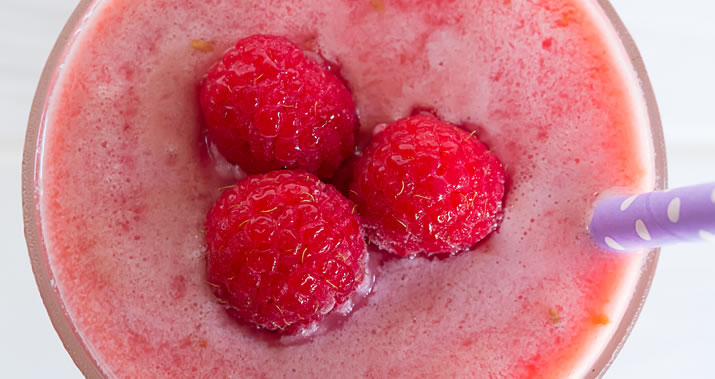
Good health is an aspiration that takes work and dedication. Unfortunately, that means that it is also ripe for marketers and advertisers to exploit — just look at the number of fad diets and expensive, useless exercise gadgets on the market. Nowhere is this more pronounced than when it comes to food. Since “healthy” is not a protected term, there are a ton of overly-processed, sugar-filled, low-nutrient foods out there that still claim to be good for you, like:
1. Smoothies
While smoothies might seem like a great way to get a couple of servings of fruits and veggies in one meal, they can also be absolute sugar bombs — especially if you buy prepackaged varieties. One bottle of a popular prepackaged smoothie brand can contain a whopping 42 grams of sugar in a single serving.
2. Breakfast biscuits
These cookie-like biscuits are touted as being a tasty source of energy on the go. While they may have whole grains, fiber, and vitamins, each serving is packed with sugar and contains only a tiny amount of fruit. They can be a healthier substitute for dessert if you are looking to satisfy a cookie craving, but they are not a healthy breakfast.
3. Whole wheat bread
Putting the words “whole grain” on a package seems to try to cover a multitude of sins. While whole wheat bread may contain whole grains and more fiber than its white counterpart, most of the breads on the shelf are still full of sugar, high fructose corn syrup, molasses, and other ingredients you do not want lurking in your toast.
4. Low-fat dressings
Fat isn’t the enemy. Not only does fat not automatically make you fat, it is a source of flavor and satiety. Low-fat products try to make up for the loss of flavor and texture in their products by adding extra salt, sugar, flavorings, and thickeners. Skip the low-fat stuff, and use a reasonable serving size of your favorite regular dressing.
5. Veggie chips and straws
While these snacks may contain more vegetables than regular potato chips, it isn’t much. In veggie straws, they are usually only added for flavor and color. In veggie chips, the cuts are too thin to have a real impact on the nutrition balance. Unfortunately, while they may still be low in vegetables, veggie chips and straws are high in two things: salt and calories. As a result, they are no different than regular potato chips when it comes to including them in your diet.
6. Granola
Granola can be chock-full of whole grains, fiber, and nut proteins. Unfortunately, the stuff on the shelf is also usually full of sugar, and can seriously put a dent in your calorie budget. Some varieties also include ingredients like candy, and still claim to be healthy.
7. Fruit-flavored yogurt
Plain yogurt is a great way to add protein and calcium to your diet, and help improve your digestion. Unfortunately, fruit-flavored yogurts have been riding plain yogurt’s coattails for decades. These yogurts often contain loads of sugar, artificial flavors and colors, thickeners, and other unnecessary additions.
8. Veggie burgers
The word “veggie” is a bit of a misnomer — most of these are made with little more than highly processed wheat, soy, and some flavoring. For healthier veggie burgers, look for ones that include actual vegetables in their ingredient list, or try making your own.
9. Vegan or Gluten-free snacks
“Vegan” and “gluten-free” are two labels people associate with health, but they definitely aren’t synonymous. Vegan products can still be loaded with sugar, salt, refined flour, and hydrogenated oils; they just don’t contain animal products. The same is true of gluten-free foods; they just don’t contain gluten. While a vegan or gluten-free diet can be very healthy, the same rules still apply as with any other diet.
What do most of these foods have in common? They are all pre-packaged. Things like whole wheat bread, yogurt, and granola can have a place in a healthy diet, but not the way they are commonly sold. Food manufacturers have capitalized on otherwise-healthy foods to sell their high-sugar, low-nutrition products. This underlines how important it is to prepare your own food and be diligent about reading nutrition labels and ingredient lists — don’t be fooled by claims a food is “healthy” without doing your homework, and you’ll save yourself a lot of grief in the long run.